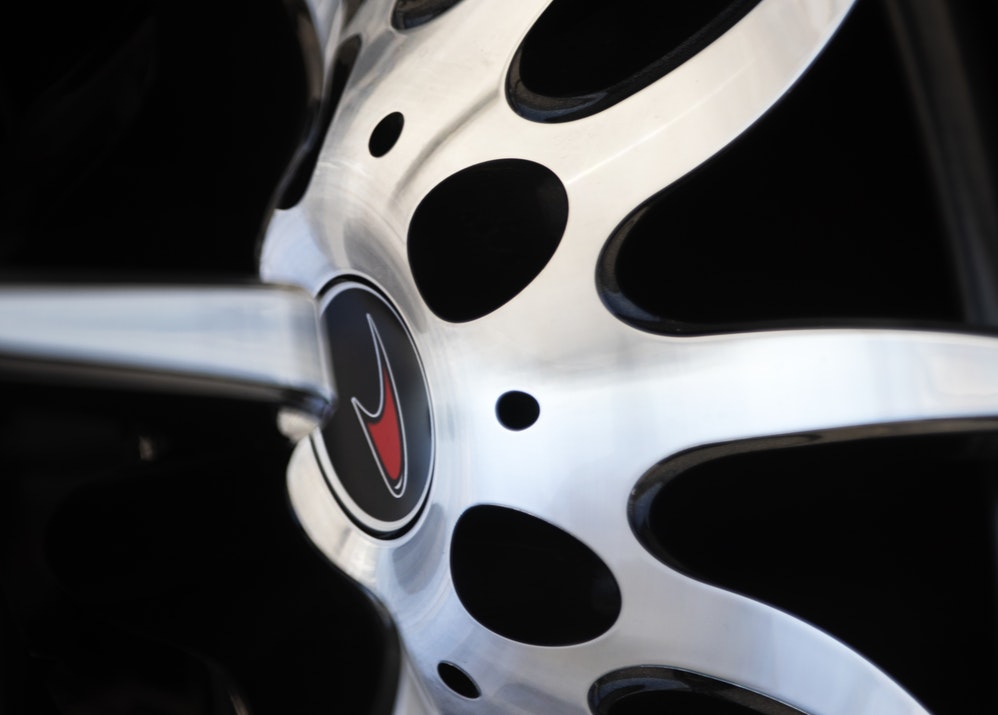synthetic rubberThe main raw material is oil?
The main raw material for rubber plants is oil, and fluctuations in oil prices will affect the price of synthetic rubber.
With the development of the industry, the demand for rubber is increasing, but the production of natural rubber is far from sufficient.
Especially during the First World War, the war further increased the demand for rubber. So people began to try their best to make up the artificial synthesis. Therefore, the synthetic rubber properties of rubber plants in the beginning are actually very close to natural rubber. Nowadays, people can produce more synthetic rubbers of different properties and uses by polymerizing with more different monomers. Synthetic rubber can be roughly divided into two types, general rubber and special rubber.
General purpose rubber: a material that is very similar to natural rubber.
It can partially replace or even completely replace the use of natural rubber. For example, styrene butadiene rubber (SBR), butadiene rubber (BR). General purpose rubber is still the most important variety of synthetic rubber.
Special Adhesive: Synthetic rubber developed for different purposes
For example, polyacrylonitrile-butadiene rubber (NBR) is less susceptible to dissolution by organic solvents, heat resistance, and strong adhesion. Often used to make oil pipes (not dissolved by oil), conveyor belts, etc.
Next, let's take a look at the global demand for synthetic rubber in rubber factories. Asia Pacific has the highest demand for synthetic rubber, accounting for 51.14% of the world.






